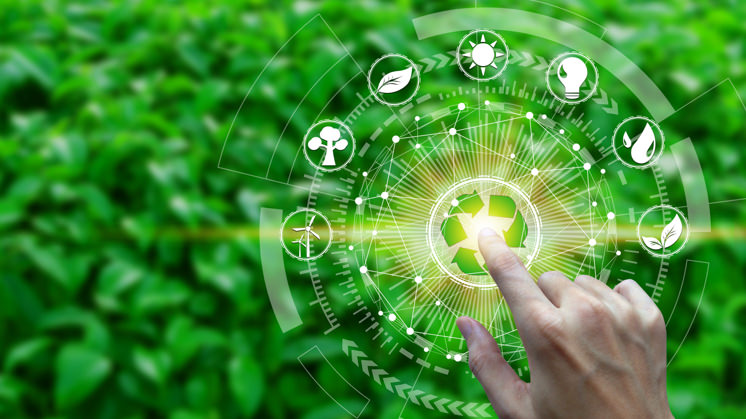Security and International Development
A. Introduction
International development is a study of how world leaders, institutions, civil society, and governments view the world and its problems. This is a study that challenges the policies, projects, and interests set by people and institutions to solve the problem. In short, international development is a study of all global and interconnected forces that constantly competing for power, and a useful critical thinking tool for anyone who wants to make an impact in the world (Arianti, 2015). In International development study, there are many issues that must be faced, including in politics and government, poverty alleviation, community, gender issues, the environment and security. These issues are important because they are problems that must be faced to ensure the public welfare, both internationally and nationally scope.
In this brief essay, we will discuss security and international development. As we know that security has become a very important part of human life. The word security is often used interchangeably with terms like peace or safety, or in negative terms as insecurity and mixed with terms such as risk, conflict, violence and threats (Battersby & Roy, 2017). Furthermore, in the discourse on international relations, security is defined in various ways: whether it’s as the security of individuals, humans and the state (SIPRI, 2014).
Regarding this case, the discussion’s core of this brief essay is about security and international development. Several things that will be discussed are the understanding of the topics raised, then associated with certain theories related to international development, as well as explaining about phenomena that actually occur in real life about security and development.
B. Discussion
In the previous section, it has been explained that there are three important parts to be discussed in this essay brief, namely understanding the topics then describing events that have occurred related to the topic, the first part of this discussion is about understanding the security in international development. Security is briefly defined as a situation that is free from danger, interference, threats and is protected (KBBI, 2012-2020). The word security is often used interchangeably with terms like peace or safety, or in negative terms as insecurity and mixed with terms such as risk, conflict, violence and threats (Battersby & Roy, 2017). However, the current definition of security is much extensive than that, because what is meant by security is not solely related to military security, but is much extensive than that, because today's security issues have evolved into human security (Susetyo, 2008).
Security is an issue and a challenge in international development. In a world that is increasingly interconnected and complex, security and development are closely linked, especially in less developed countries. Threats to security can originate from socio-economic problems, such as seizure of natural resources, spillover effects from environmental degradation, economic and social inequality, economic and political migration, and natural disasters, and so on. However, for more than 20 years, development has been linked to security through the concept of human security (SIPRI, 2014). Human security is a concept that dismantles the meaning of "security" from its traditional concept, namely protecting the state from military threats to protecting people and communities. The premise offered in human security concept focuses on the existence of individual, but more broadly this conception also includes things related to the values and goals to be achieved such as protection of dignity, equality and individual solidarity. Thus it can be said that the concept of human security focuses on individual security and protection from various kinds of threats both military and criminal violence as well as the threat of famine and disease outbreaks (Sudiar, 2019).
The relationship between security and international development can be very complex, given that any slow development will create dissatisfaction, and at the same time the emergence of conflict will also threaten development. In addition, based on The 2000 United Nations Millennium Declaration, it emphasizes that peace and security are prerequisites for poverty alleviation. Meanwhile, the UN Millennium Development Goals (MDGs) reaffirmed that countries most affected by conflict, instability and displacement have fallen behind in poverty reduction. This often becomes a vicious cycle, because economic shocks such as environmental pressures, migration, and food price instability, can ultimately reduce security (SIPRI, 2014).

